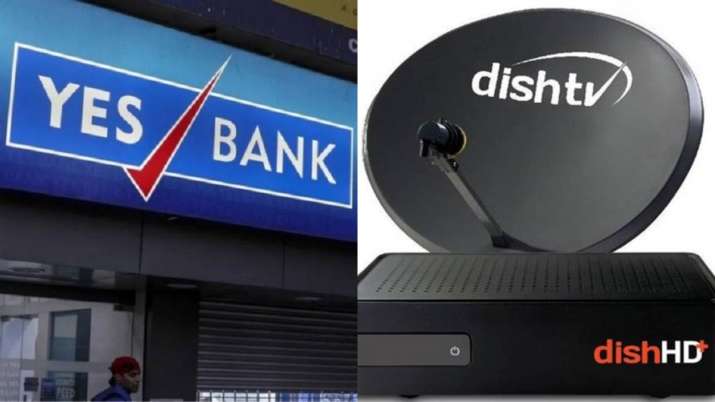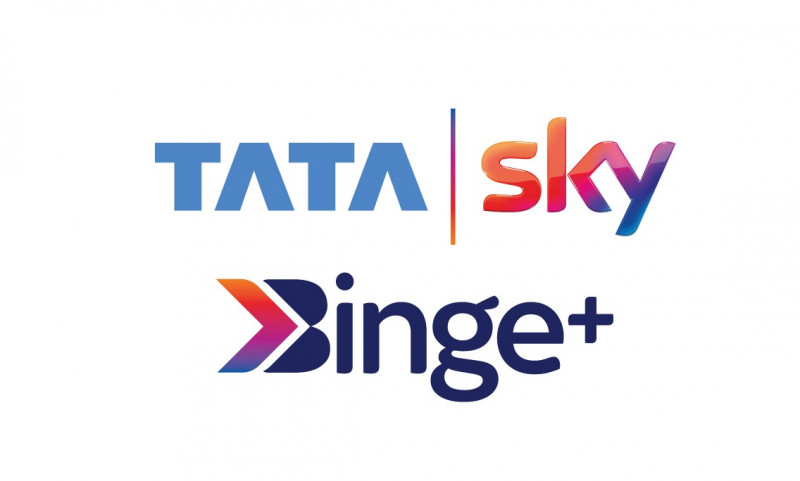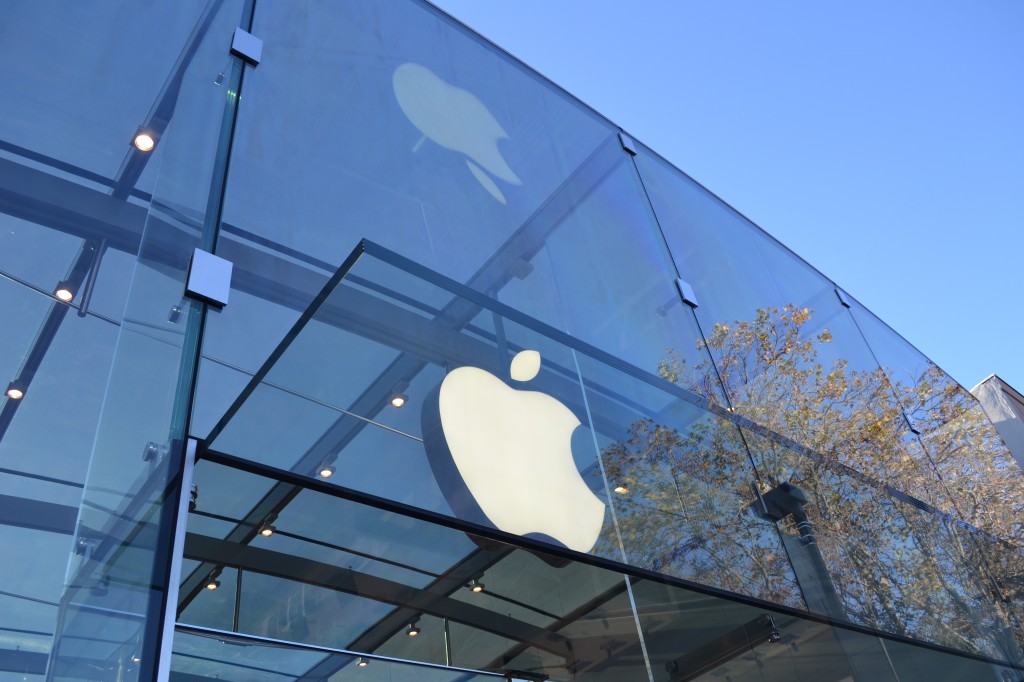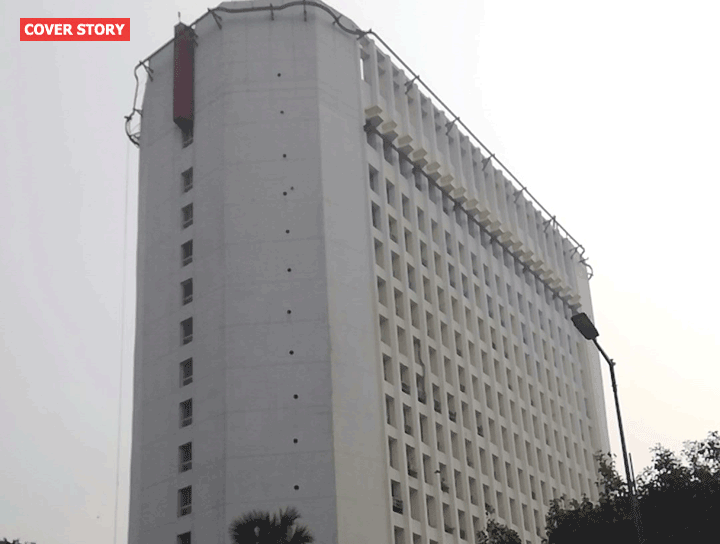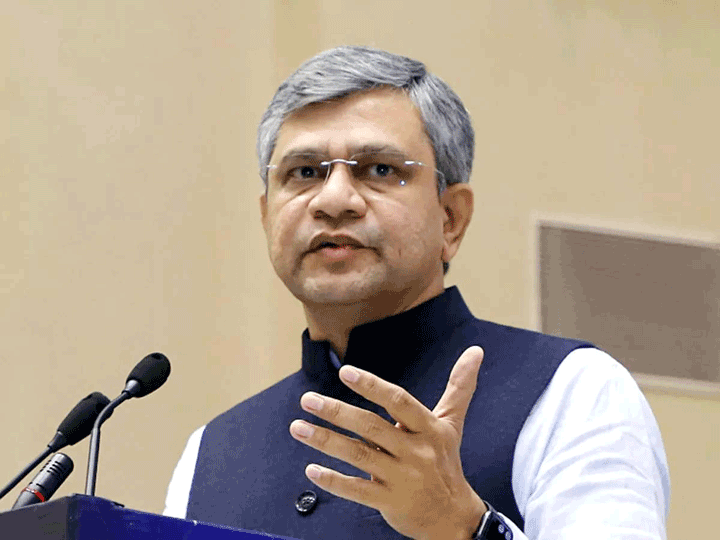Trai clarified not recommended 11-digit numbering scheme for mobile services
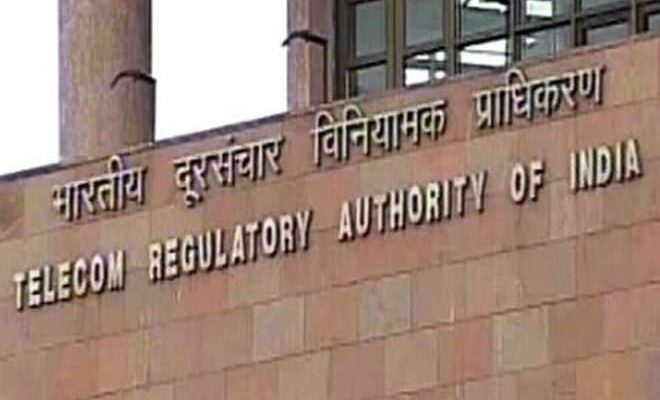
- The Telecom Regulatory Authority of India (Trai) issued a clarification stating that it had not recommended 11-digit mobile numbers but only added a ‘0’ as a prefix when a mobile number is dialled from a landline. The authority said in a statement that it had “categorically rejected” having an 11-digit mobile number.
- The statement follows media reports stating that the regulator had suggested having 11-digit mobile numbers as part of its Recommendations on Ensuring Adequate Numbering Resources for Fixed Line and Mobile Services’.
- Trai, in its clarification note, said that it had recommended a dialling prefix ‘0’ while making a call from a fixed-line number to a mobile number. The introduction of a dialling prefix for a particular type of call is not akin to increasing the number of digits in the telephone number. This change in the dialling pattern will generate 2, 544 million additional numbering resources for mobile services to cater to future requirements.
- “It is worthwhile mentioning in this regard that in the existing dialling scheme, the dialling prefix ‘0’ is mandatory while making inter-SDCA (Short Distance Charging Area) call from a fixed-line number to fixed-line number. This dialling prefix ‘0’ is also compulsory when dialling requests are made from a mobile number to any fixed line number. Therefore, the current recommendation suggests a minor addition in the dialling pattern”, Trai further added.
- Earlier in its recommendations, Trai said, “Presently, inter-service area mobile calls from fixed phone can be accessed with a dialing prefix ‘0’. However, mobile phones are accessed from a fixed-line phone, within a service area, without dialing prefix ‘0’. This puts the limitation that any digit which has been used as a first digit for fixed network (for local calls) cannot be used for mobile numbers. By making it mandatory to access mobile numbers in a service area from fixed network by dialing prefix ‘0’, all the free sub-levels in levels 2′,’ 3′,’ 4′, and ‘6’, can also be used for mobile numbers. This can help generate an additional 2,544 million numbering resources for mobile services to cater to future requirements.”



